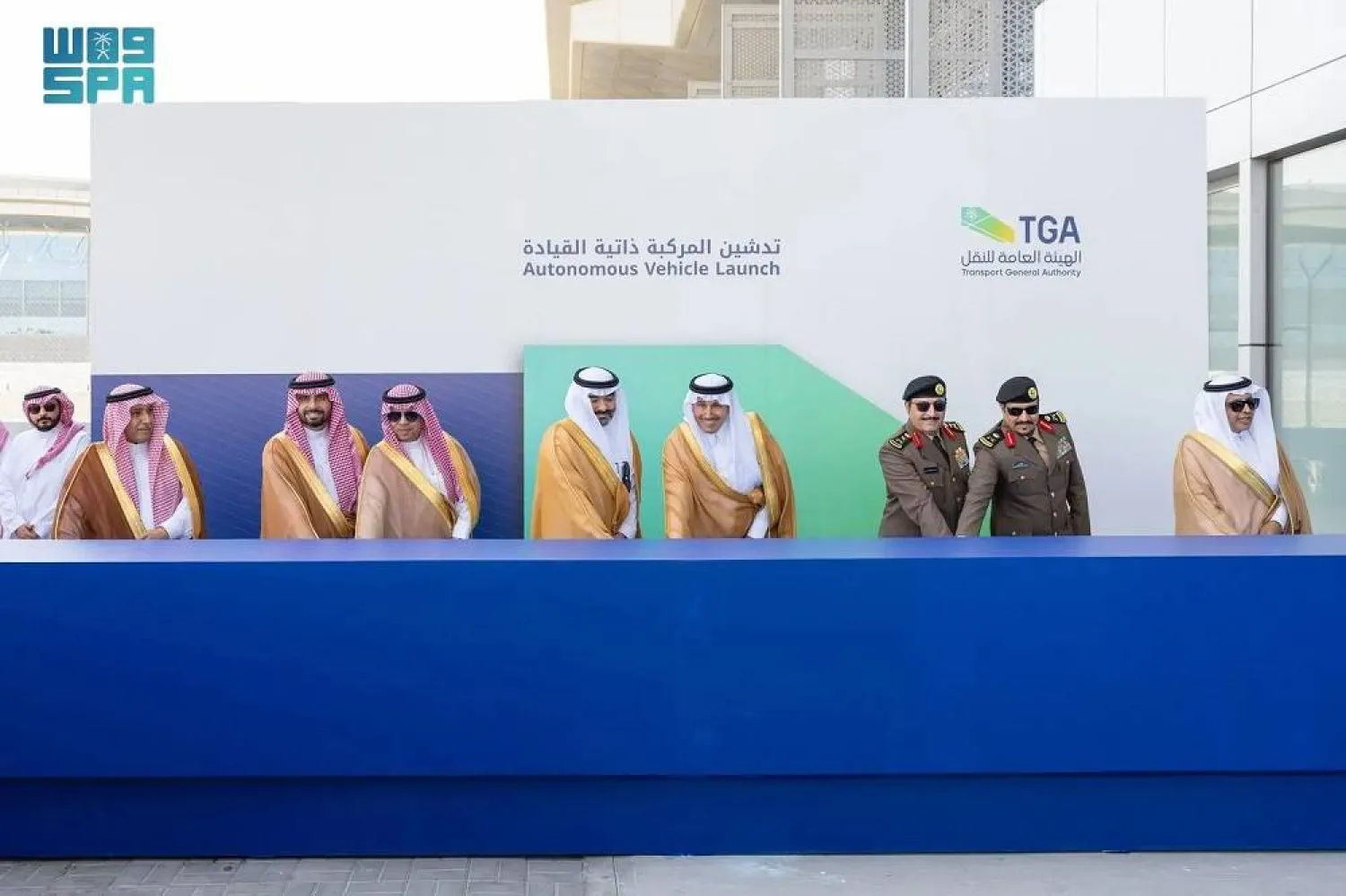Alphabet's Google is testing showing check marks next to certain companies on its search results, a company spokesperson said on Friday, in a move aimed at helping users identify verified sources and steer clear of fake websites.
Fraudulent websites impersonating official businesses or services could creep up in online search results, leading users to view false information about the business, deceiving users and potentially harming the brand.
"We regularly experiment with features that help shoppers identify trustworthy businesses online, and we are currently running a small experiment showing checkmarks next to certain businesses on Google," the spokesperson said.
Google already uses automated systems to identify pages with "scammy" or fraudulent content and prevent them from showing up in the search results.
The Verge reported the development earlier on Friday, adding that it spotted blue verified checkmarks next to official site links for companies including Microsoft, Meta and Apple on search results.
Only some users were able to see the feature, the Verge said, indicating Google has not rolled out the test widely yet.







